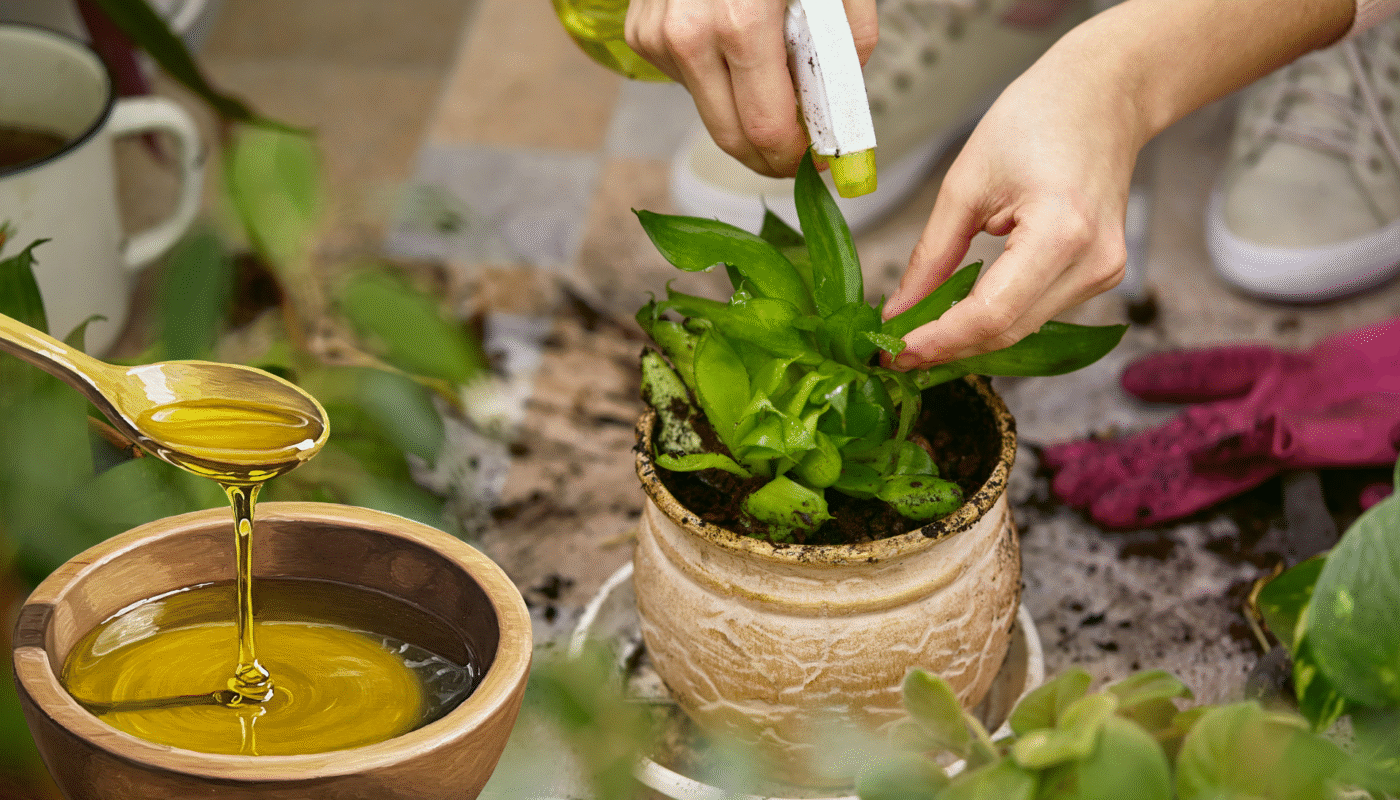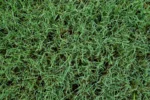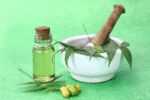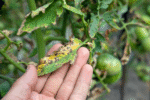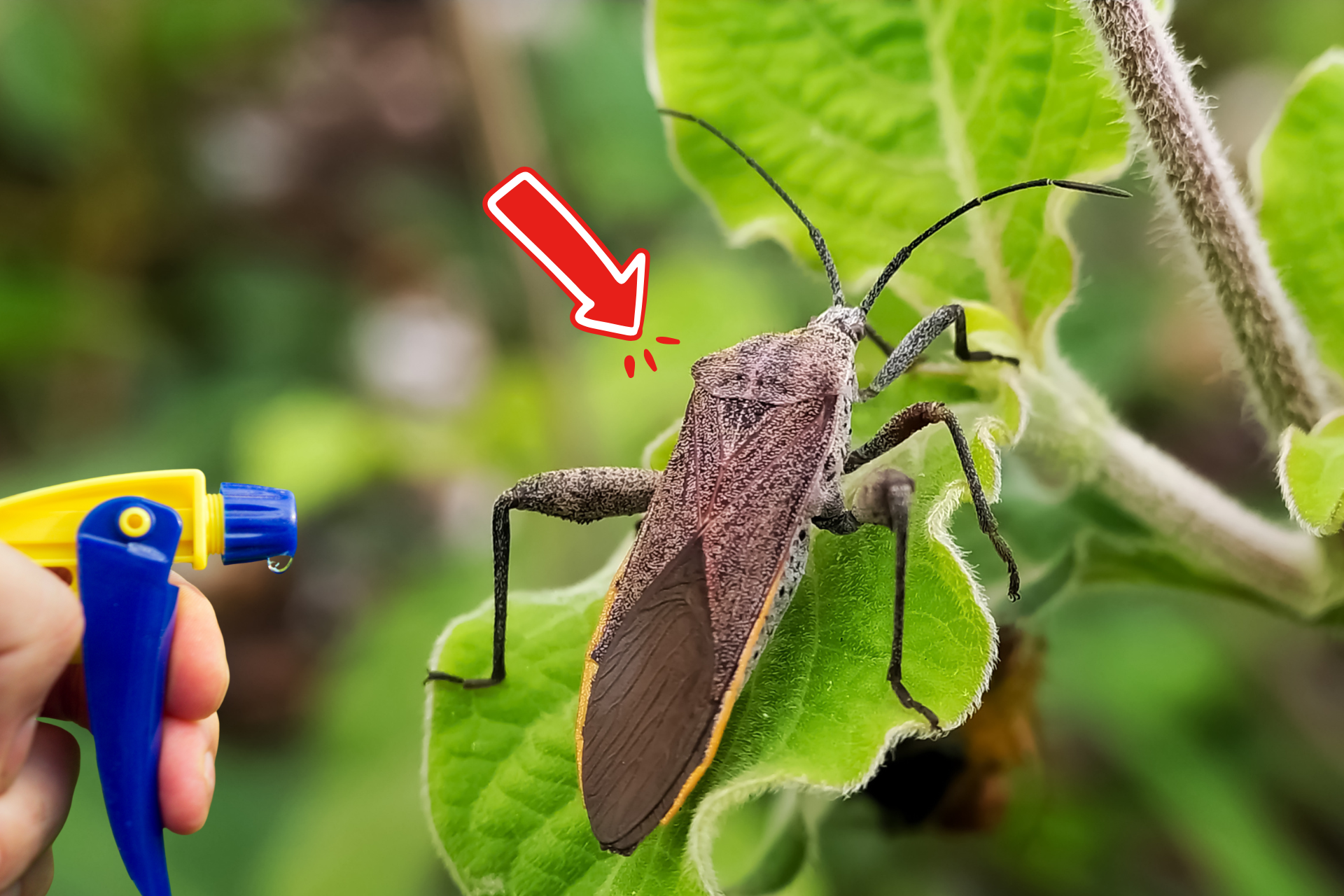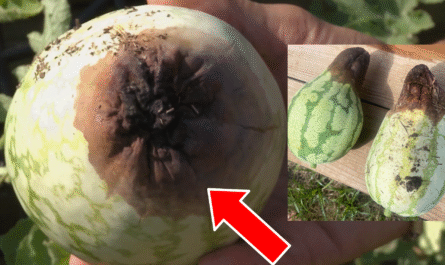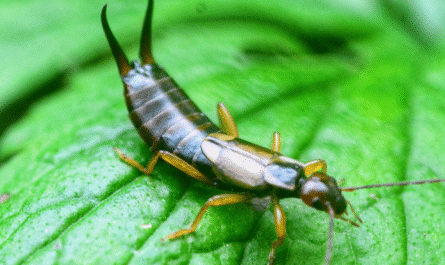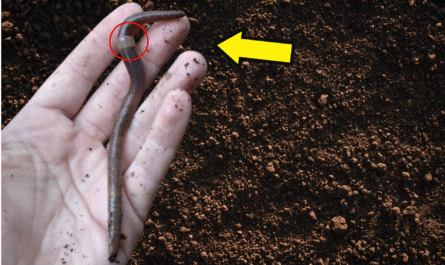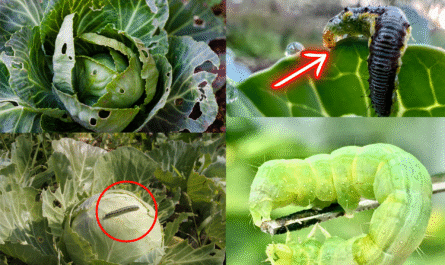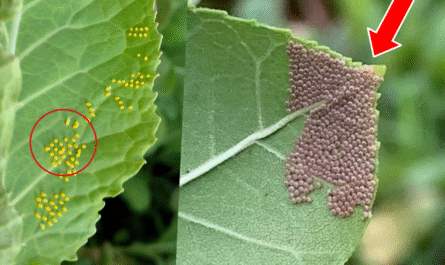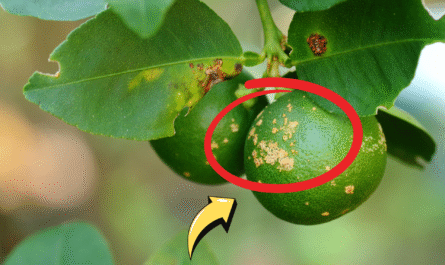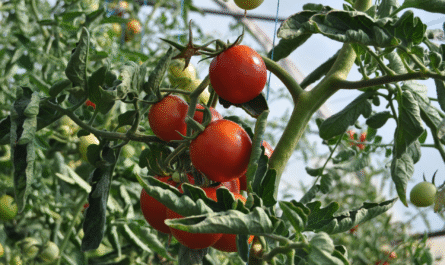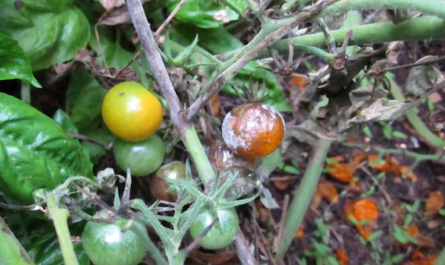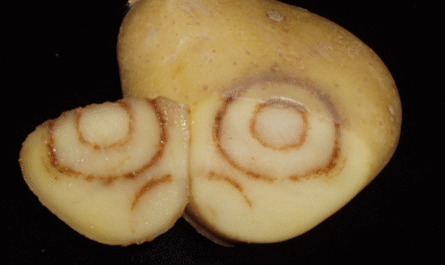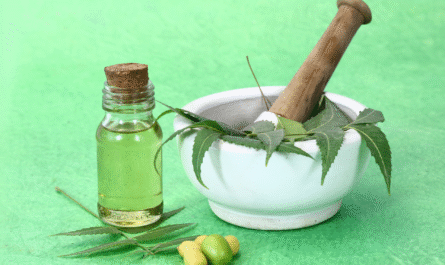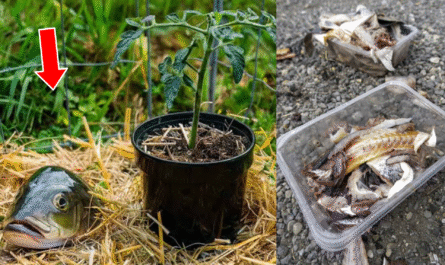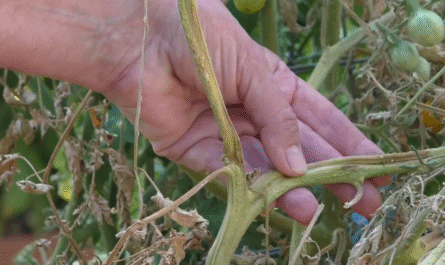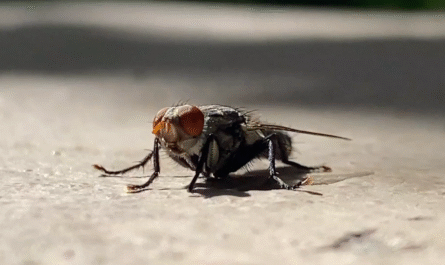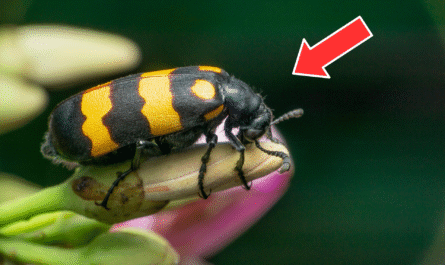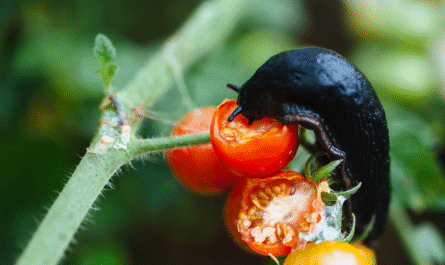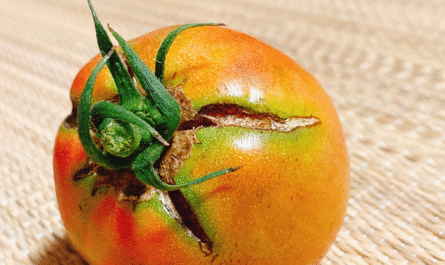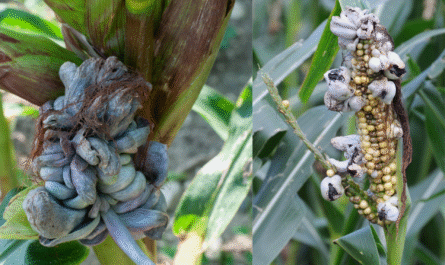When people ask me what gardening tool I can’t live without, they usually expect me to name some ergonomic spade or heirloom-quality pruners. But more often than not, I surprise them with this: olive oil. Yes, the same stuff that sits by the stove in your kitchen.
Over the years, I’ve discovered that olive oil is one of the most versatile, natural, and cost-effective helpers I keep both in my garden shed and at my potting bench.
Olive oil has a way of proving itself in unexpected ways. From plant care to tool maintenance, from pest control to skin protection, it’s a staple that earns its place. What’s more, it’s non-toxic, biodegradable, and something most of us already have on hand. Let me walk you through how I personally use olive oil in my garden, and how you can get just as much value out of it.
Shine Up Potted Plant Leaves
Healthy leaves mean healthy plants, but dirty or dusty leaves can block sunlight and slow down photosynthesis. This is especially true for indoor or potted plants that don’t get cleaned by the rain. Every so often, I take a moment to clean and shine their leaves, not just to make them look better, but to help them breathe better too. Olive oil plays a subtle but important role here, provided it’s used the right way.
I don’t just dump oil onto a plant and call it a day. That’s a quick route to clogging stomata and suffocating the plant. Instead, I mix a few drops of olive oil with a bit of water and a drop of mild liquid soap, dip a soft cloth into the mixture, and gently wipe each leaf. The result is a soft, natural sheen, not a greasy film, that repels dust and makes the plant look vibrant. The oil also helps trap some pests on contact, especially aphids and whiteflies.
However, I’m cautious with this technique. I don’t use it on fuzzy-leaved plants like African violets, or on succulents that don’t need the added moisture. And I never overdo it, this is something I might do every few weeks at most. Used sparingly and thoughtfully, olive oil gives my houseplants a fresh, polished look that’s both functional and beautiful.
Polish Garden Tools
If you’ve ever reached for a rusty pair of pruners and winced as they chewed up a stem, you know how important clean, sharp tools are. I take tool maintenance seriously, not just to make my work easier but to extend the lifespan of my gear. Olive oil is my go-to for polishing, lubricating, and rust prevention. It works just as well as synthetic oils, without leaving behind harmful residues.
After cleaning off dirt and sap with a wire brush or steel wool, I rub a cloth dipped in olive oil over the metal parts of my tools. This prevents rust and keeps moving parts operating smoothly.
The oil forms a light barrier against moisture, which is especially important during the off-season or after a rainy stretch. I also use it to keep shovels, hoes, and even trowels in top condition. You’ll be surprised at how much longer your tools last with just a bit of this treatment.
And it’s not just the metal, olive oil also conditions wooden handles. A quick rubdown keeps the wood from drying out and cracking. I mix it with a touch of beeswax for a deeper conditioner when needed. This small habit has saved me hundreds of dollars in replacement tools over the years, and it takes just a few minutes at the end of each gardening session.
Make an Alternative to Neem Oil
I appreciate what neem oil does, but I’ll be honest: I don’t love the smell, and it’s not always easy to find a high-quality batch. So I started experimenting with my own pest sprays, using olive oil as the base. The goal wasn’t just to replace neem oil, it was to build something that worked, smelled better, and used ingredients I trusted.
My DIY recipe includes two tablespoons of olive oil, one quart of warm water, and a few cloves of crushed garlic. I add a teaspoon of mild liquid soap to help the mixture emulsify, then shake it all together and spray it on affected plants.
The olive oil smothers soft-bodied pests like aphids and spider mites, while the garlic acts as a natural deterrent. The soap helps the mixture stick to the leaves and bodies of the insects. It’s simple, but surprisingly effective.
I’ve used this on everything from tomatoes to roses, but I always test a small section first to check for sensitivity. I also spray early in the morning or late in the evening to avoid sunburning the leaves. If you’re looking for a gentler, more accessible pest control option, olive oil is worth adding to your toolkit.
Create a Fly Repellent
There’s nothing more annoying than swarms of gnats or fruit flies hovering over compost bins or hanging around container plants. These pests may be small, but they can be a big distraction, and in some cases, they even damage young roots or spread disease. I’ve had great success keeping them at bay with olive oil-based repellents and traps.
One method I use is combining olive oil with a bit of apple cider vinegar in a shallow dish. The vinegar attracts the flies, and the olive oil forms a slick surface that traps them when they land. It’s a passive trap that works remarkably well, especially when placed near compost, mulch piles, or around the base of indoor plants. I refresh the mixture every few days to keep it effective.
For a more proactive approach, I make a light spray by mixing olive oil with water and adding a few drops of essential oils like eucalyptus or lemongrass. Sprayed around doorways, greenhouse frames, or patio containers, this keeps most flying pests from settling in. It’s not a miracle solution, but it makes a noticeable difference, and it’s free of harsh chemicals.
DIY Your Own Hand Moisturizer
Gardening can be tough on the hands. Between the soil, water, sun exposure, and friction from tools, it doesn’t take long for skin to get dry, cracked, or irritated. I’ve tried plenty of commercial hand creams, but I always come back to my own homemade moisturizer with olive oil as the key ingredient. It’s simple, fast, and deeply nourishing.
Right after gardening, I rinse off my hands and pat them mostly dry, leaving them a little damp. Then I massage in a small amount of olive oil, just enough to coat the skin without being greasy. The oil locks in moisture and soothes minor scrapes or irritations. When I want a richer salve, I melt olive oil with beeswax and add a few drops of lavender or calendula oil. Once cooled, it becomes a portable balm that I can keep in the shed or glove box.
This little ritual has saved my hands. No more split cuticles or red, flaky knuckles. Plus, since olive oil is edible, I never worry about getting any residue on plants or produce. It’s one of those small self-care steps that makes gardening feel less like a chore and more like the life-giving practice it really is.
Final Thought
Gardening doesn’t have to be expensive or complicated. Sometimes the best tools are the ones hiding in plain sight, like a bottle of olive oil. Whether you’re fighting pests, maintaining your gear, caring for your plants, or protecting your own skin, this kitchen staple proves itself time and again.
I’ve learned that nature responds best when we meet it with simplicity and respect. Olive oil checks both boxes. It’s not flashy, it’s not high-tech, but it works. And when something works across so many different fronts, it earns a permanent spot in my gardening routine.
FAQs
Used correctly, olive oil repels soft-bodied insects and helps trap flies. However, avoid overapplying it on plants, especially outdoors in hot weather, since excess oil can go rancid and attract ants or other pests. Generally, once every 1–2 weeks is enough. Always monitor your plants and adjust as needed. Reapply after heavy rain or if you notice new pest activity. Yes, when used responsibly. Avoid spraying flowers directly and apply oil-based mixtures early in the morning or late in the evening when pollinators are less active. Absolutely. Olive oil conditions wood and prevents it from drying out or splintering. For longer-lasting protection, mix it with beeswax and rub it into the wood every few months. Will olive oil attract pests instead of repelling them?
How often should I reapply olive oil mixtures on plants?
Is olive oil safe to use around pollinators like bees?
Can olive oil be used to preserve wooden tool handles too?

